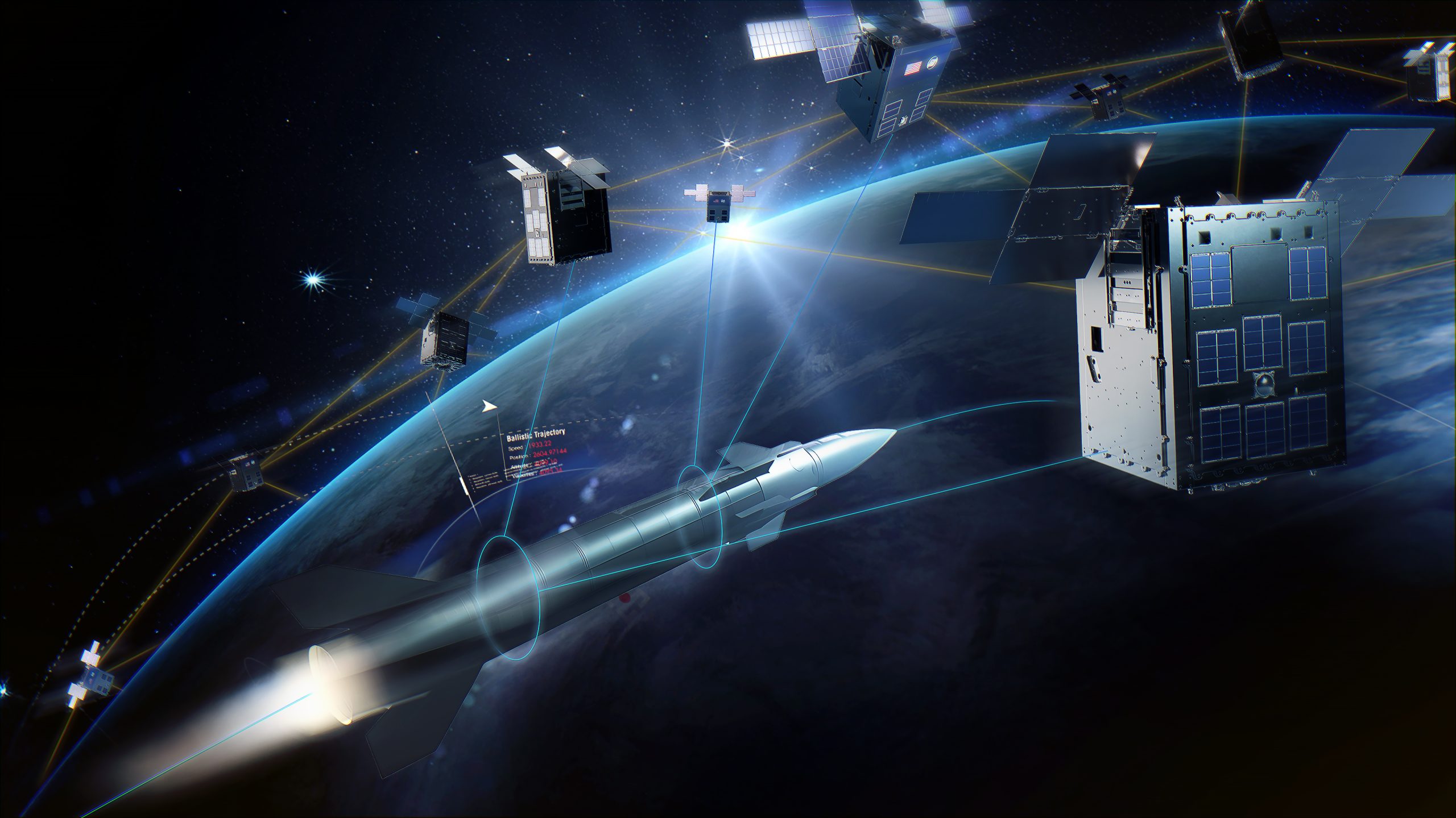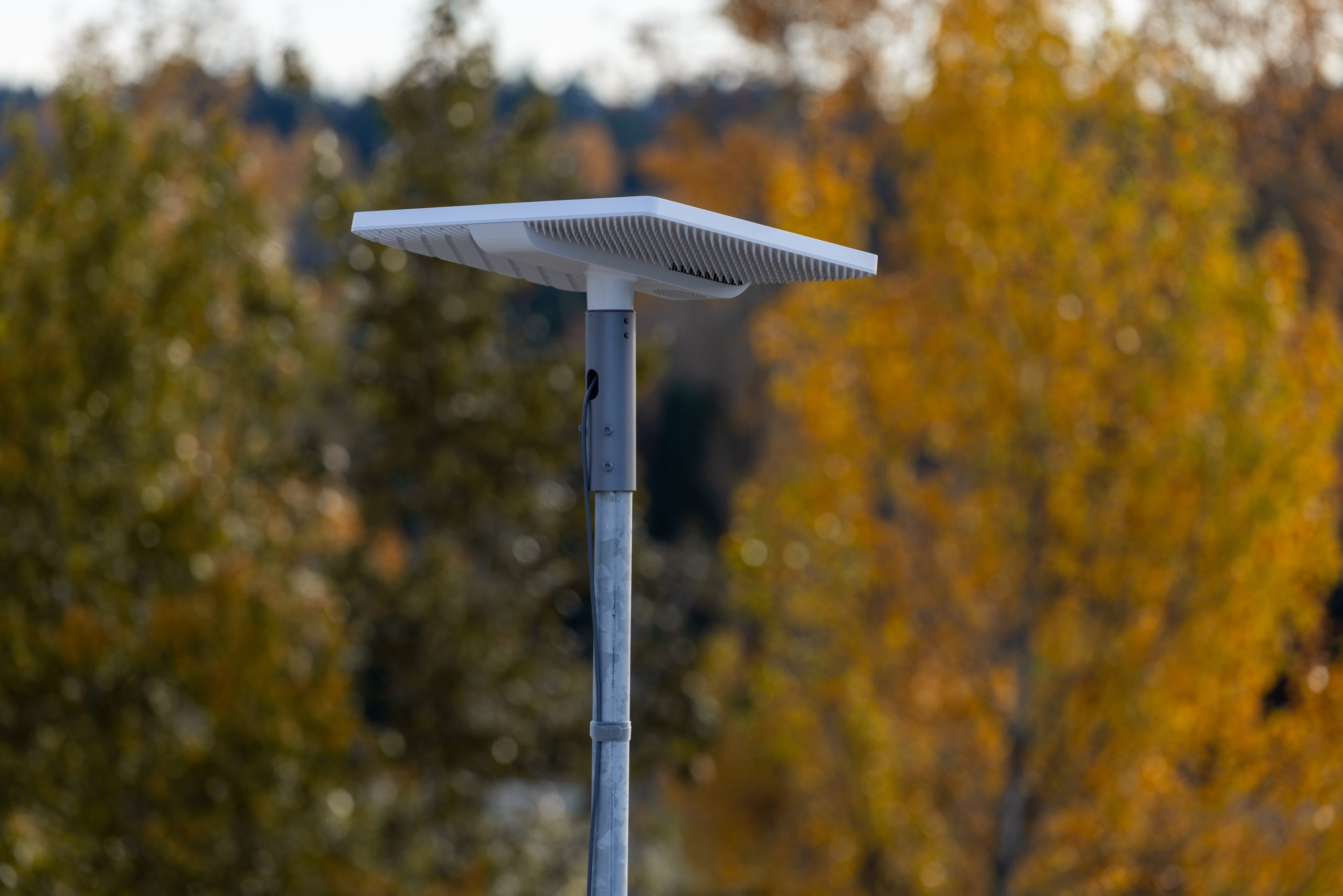Now Reading: Star Wars redux: the false promise of space-based missile defense
-
01
Star Wars redux: the false promise of space-based missile defense
Star Wars redux: the false promise of space-based missile defense


Star Wars is back in vogue with President Trump’s executive order to establish the “Golden Dome” missile defense shield. It will feature an ambitious space-based boost-phase interceptor program in addition to terrestrial systems. While admittedly the holy grail of defense against ballistic missiles, the obstacles that plagued its discontinued predecessor, “Brilliant Pebble,” under the Strategic Defense Initiative, remain unaddressed. The technological breakthroughs in launch capacity, decreasing costs of sending mass into space and faster data transfer have led to renewed hope for space-based missile defense, but the fundamental hurdle — physics, not technology — remains to be effectively overcome.
Recurrent interest in space-based missile interceptors (SBI) is driven by the motivation to neutralize the missile in the boost phase, contrary to the other air defense systems that intercept either in the mid-course or the terminal phase. This offers numerous advantages: it is substantially easier to detect and target as the booster has not detached yet, making the target bulkier; the plume from the burn makes it visible; its speed is slower compared to other phases; and the target has not hardened yet, making it more vulnerable. Once the missile enters the midcourse, it deploys decoys with a similar radar cross-section as the actual warhead, which float at similar trajectories, making it exponentially harder to achieve an effective kill. Additionally, the deployment of multiple warheads in case of a Multiple Independent Re-entry Vehicle or zig-zag moment of hypersonic glide vehicles adds another layer of complexity to successful interception.
However, this lucrative promise is heavily outweighed by the drawback of what could be termed the absenteeism problem in physics. These satellites, carrying kill vehicles, must be stationed in low Earth orbit (LEO) to reach the target in the boost phase, which only lasts from three to five minutes after launch. The fundamental problem is that objects in LEO cannot be parked above one point on Earth; they revolve around Earth, completing a cycle between 90 and 120 minutes. To cover the entire stretch of potential launching points and establish a genuinely global air defense, a constellation of 950 satellites has to be deployed, according to conservative estimates. The estimated cost, according to the Congressional Budget Office’s estimates, is $542 billion as opposed to the $175 billion claim by President Trump.
Not only is the scaling dynamic flawed, but the system is also easy to defeat. The constellation is easily overwhelmed by simultaneous launches. Even if each satellite were to carry more than one interceptor, the system still saturates quickly. Once that happens, instead of a linear increase in required satellites to intercept additional hostile launches, the requirement jumps exponentially, which is untenable. Besides, the enemy can simply punch holes in the chain by employing anti-satellite missiles, as the satellites can be tracked.
Furthermore, attempts to field even a limited number of SBIs for tests could pose a security dilemma for other states. These SBIs can be effective ASAT vehicles as they would require high thrust and maneuverability, allowing them to potentially reach and attack satellites in geosynchronous orbits. This can trigger an arms race of satellite-based weapons as well as counter-space capabilities, resulting in a net effect of added insecurity for all, including the U.S. itself, which depends heavily on its space capabilities. Challenging the effectiveness of an adversary’s deterrent would have profound strategic implications, at least insofar as it would either find qualitative ways to evade the newly developed defense architecture, or increase the number of their missiles to overwhelm the systems, or both. Ultimately, durable security cannot be achieved alone but in concert with others, including the adversary, and perhaps the only way to prevent attacks and ensure long-term stability remains deterrence by punishment.
The proposal for SBIs has also triggered sharp international reactions. China has already fielded its own “Golden Dome” prototype, which is essentially an early warning system with enormous big data computation ability, that uses the present capabilities in a more integrated and efficient manner, rather than seeking new platforms for interceptors. Criticizing the American approach, Beijing has asserted that SBIs would disturb “global strategic balance and stability” and turn “space into a war zone”, while Moscow has called it “very destabilizing.”
The desire to secure the homeland drives this saga, undergirded by the belief that technology could fundamentally alter defense logics. Yet despite significant progress in almost all the technological components needed to improve the cost-benefit equation, the physical — and perhaps insurmountable — barriers remain as formidable as they were three decades ago. The return to space-based interceptors thus reflects a recurring faith in technological solutions to strategic problems that are, at their core, governed by physics and deterrence. Rather than investing in an orbit-based missile shield that risks instability and imposes exorbitant costs, pursuing balanced security arrangements may offer a sustainable path toward long-term stability.
Najam Ul Hassan is a Research Assistant at the Centre for Aerospace and Security Studies, Lahore.
SpaceNews is committed to publishing our community’s diverse perspectives. Whether you’re an academic, executive, engineer or even just a concerned citizen of the cosmos, send your arguments and viewpoints to opinion@spacenews.com to be considered for publication online or in our next magazine. The perspectives shared in these opinion articles are solely those of the authors.
Stay Informed With the Latest & Most Important News
Previous Post
Next Post
-
 012024 in Review: Highlights from NASA in Silicon Valley
012024 in Review: Highlights from NASA in Silicon Valley -
 02Panasonic Leica Summilux DG 15mm f/1.7 ASPH review
02Panasonic Leica Summilux DG 15mm f/1.7 ASPH review -
 03From Polymerization-Enabled Folding and Assembly to Chemical Evolution: Key Processes for Emergence of Functional Polymers in the Origin of Life
03From Polymerization-Enabled Folding and Assembly to Chemical Evolution: Key Processes for Emergence of Functional Polymers in the Origin of Life -
 04How New NASA, India Earth Satellite NISAR Will See Earth
04How New NASA, India Earth Satellite NISAR Will See Earth -
 05And Thus Begins A New Year For Life On Earth
05And Thus Begins A New Year For Life On Earth -
 06Astronomy Activation Ambassadors: A New Era
06Astronomy Activation Ambassadors: A New Era -
07SpaceX launch surge helps set new global launch record in 2024




















